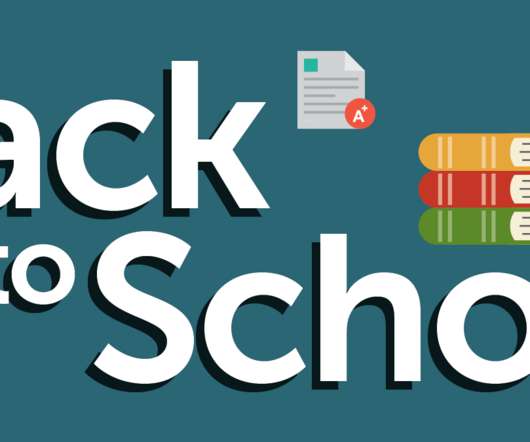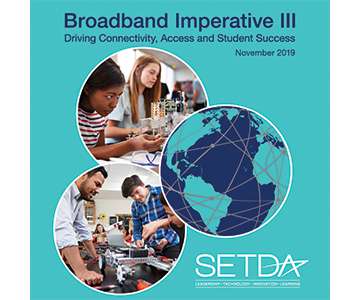How Can We Close the Digital Learning Gap This School Year?
Digital Promise
AUGUST 18, 2021
There’s no question that educators at all levels are navigating uncharted waters, making the challenges of reopening last year seemingly easier than those of this year. I often say that I am living the entire education continuum. But what does that look like? I am a father of four.








































Let's personalize your content